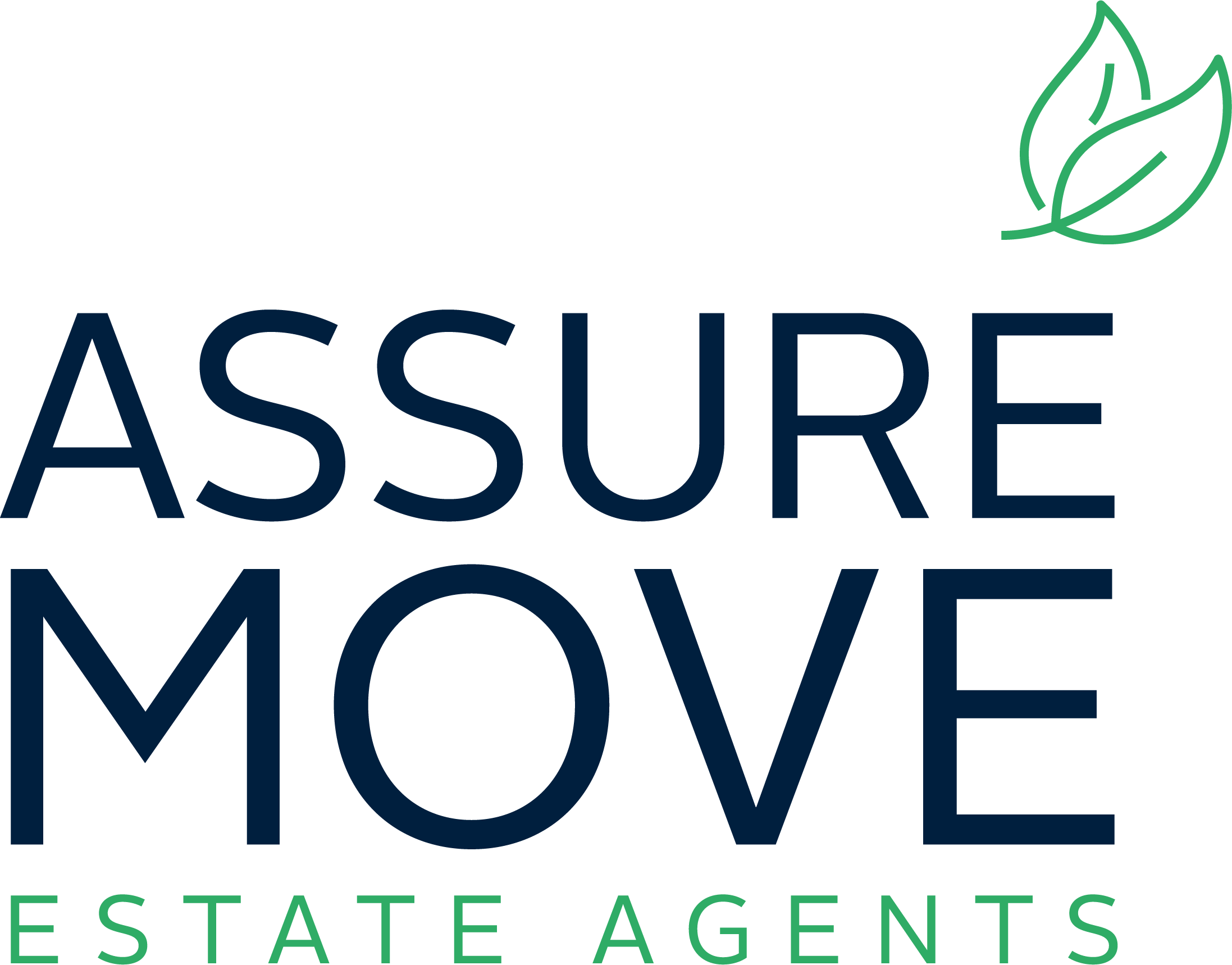Buying a Home and Need a Mortgage?
Here is our guide to mortgages in the UK.

The UK has one of the biggest mortgage markets in the world, and buying a home and getting a mortgage remains something that many young families plan for. There are different types of mortgages in the UK available through banks and building societies. Most run for around 25 years, although they can be longer or shorter.
There are no legal restrictions on any adults getting a mortgage in the UK. Each bank or building society will have its own set of requirements, but in general, the main factors considered are age, income and job security and credit score.
As mortgages are essentially home loans paid off over a long period, it’s more difficult for older age groups to take out a mortgage in the UK. Most banks and won’t flat-out refuse older applicants. Still, they will probably ask for a bigger initial deposit and limit the time given to repay the mortgage.
You’ll need to show proof of earnings, and the amount you can borrow depends on the amount the mortgage lender feels you can pay back.
Lenders will check your credit history to determine whether you are eligible for a mortgage. If you have bad credit or a low credit score, lenders may be reluctant to grant you a mortgage.
Here is a brief overview of the main types of mortgages in the UK.
Fixed-rate mortgages
These mortgages come at fixed-rate interests for periods of usually two or five years. The interest rate will usually then move onto the lender’s standard variable rate at the end of the fixed-rate period.
Variable-rate mortgages
Variable-rate mortgages can fluctuate and depend on the general interest rate, which makes them riskier than fixed-rate mortgages in the UK. Still, they can be beneficial if interest rates suddenly drop.
Discount mortgages
This is a form of SVR mortgage but with a discount applied to the SVR for a limited period (usually for around 2–3 years).
Tracker mortgages
These SVR mortgages track the interest rate from another source. They can be beneficial in terms of avoiding a sudden hike applied by the lender.
Capped rate mortgages
The interest rate is capped on a variable rate mortgage and can’t rise above a certain amount.
Offset mortgages
Mortgages linked to your savings so that the balance on your savings account is used to reduce the amount of interest charged on your mortgage. They can either lower monthly payments or shorten the length of the mortgage term.
Mortgage rates in the UK have come down in the last five years. As of March 2019, the average interest rates for a UK mortgage are 1.68% (two-year fixed-rate), 2% (three-year fixed-rate), 2.04% (five-year fixed-rate), 2.58% (10-year fixed-rate), and 1.6% (two-year variable).
Although 100% of mortgages don’t exist in the UK, some no-deposit products require a parent or family member to act as a guarantor.
If you’re considering investing in a buy-to-let property, you’ll find mortgage rates of around 3–3.5%.

There are three primary factors that UK mortgage lenders will weigh up before making you an offer.
Your total household income
You can usually borrow up to 4.5 times your annual household income, which will depend on your credit history, and it will factor in all outgoings, including credit cards, loans, memberships, and day-to-day spending costs when calculating the amount they can offer.
The value of the property
In general, loan-to-value (LTV) mortgage ratios range from 50% for buy-to-let investors, home movers, and second mortgages to up to 95% for first-time buyers. The bigger deposit you have, the better rate you can get.
The lender’s estimate of what you can afford
This is where your unique circumstances are considered: your cash inflow/outflow records and your current available assets.
You can apply for a mortgage directly from a bank or building society. Alternatively, you can use a mortgage broker or independent financial adviser. The documentation your lender could ask for includes:
- Payslips from the last three months.
- Three to six months of bank statements.
- Proof of your UK residency status (if applicable).
- Current UK utility bills.
- Passport or other forms of identification.
- Annual UK tax summary form from your employer.
- Evidence of any UK pension or insurance benefits received.
- Two to three years of verified accounts if you are self-employed.
- Tax returns for last year and the previous year.
- Household cash flow statements.
In addition to interest rates on mortgage payments, several other associated fees can add a few thousand pounds to total costs. These fees include the arrangement fee, booking fee, valuation fee, survey fees, transfer fee, higher lending charge, solicitor fees, mortgage broker fee (if used).
These fees need to be paid either upfront or shortly after taking out your mortgage. Afterwards, you’ll often have to pay an exit fee after repaying your mortgage.
You will have to start making payments on your UK mortgage the month after you buy the property. Your mortgage repayment is combined with the amount paid towards the mortgage loan and the interest paid. If you have an interest-only mortgage, you will pay off the interest-only and then have to settle the amount borrowed for the mortgage at the end of the term.
You might want to refinance your mortgage to shorten your payment period, lower your interest rate, or free up some equity to invest in something else. You can usually refinance your mortgage in the UK by taking out a new mortgage with the same lender or a different one.
There are also some different government schemes to help people to buy a home in the UK.
Help to Buy – an equity loan scheme to help first-time buyers purchase a new-build home. You can borrow up to 20% of the purchase price (on homes valued up to £600,000) interest-free for the first five years as long as you have a deposit of at least 5%.
Shared Ownership – a scheme where you buy part of the property and rent the remaining share at a reduced rate. Available to those with household incomes under £80,000 (or £90,000 in London). There are special shared ownership schemes to help older people and those with disabilities to buy a home.
Starter Home scheme – 200,000 new-build homes available at a discount rate of at least 20% off market price to first-time buyers under the age of 40.
Right to Buy – scheme for social housing tenants in the UK who have rented their home for at least three years. They can buy their home at a discount rate.

